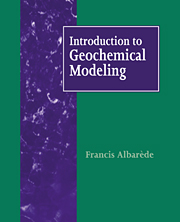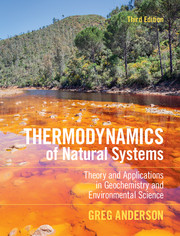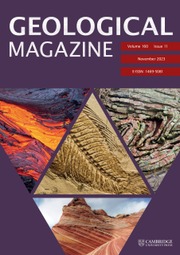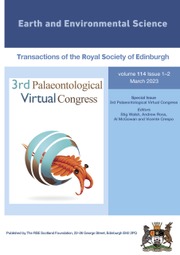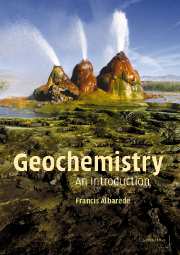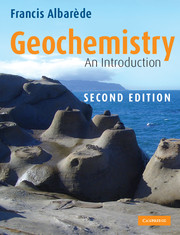Introduction to Geochemical Modeling
Modern geochemistry aims to provide an accurate description of geological processes, and a set of models and quantitative rules that help predict the evolution of geological systems. This work is an introduction to the mathematical methods of geochemical modeling, largely based on examples presented with full solutions. It shows how geochemical problems, dealing with mass balance, equilibrium, fractionation and dynamics and transport in the igneous, sedimentary and oceanic environments, can be reformulated in terms of equations. Its practical approach then leads to simple but efficient methods of solution. This book should help the motivated reader to overcome the formal difficulties of geochemical modeling, and bring state-of-the-art methods within reach of advanced students in geochemistry and geophysics, as well as in physics and chemistry.
- Describes essential modern modeling techniques
- Problem-oriented text with many solutions
- Emphasizes quantitative approach
- Hardback (published April 1995) sold over 600 copies in 7 months
Reviews & endorsements
"A wide circle of geochemists...is likely to find the book a useful reference source of advanced mathematical techniques and their applications to a wide spectrum of problems...the book should earn the place it deserves within a reaching distance of a user's eye and arm..." Abraham Lerman, Geochimica et Cosmochimica Acta
"A very useful personal book for professional geochemists and geophysicists." T.R. Blackburn, Choice
"This is an indespensible handbook for the research geochemist, and could serve as text for a graduate or advanced undergraduate geochemistry course." Donald J. De Paolo, Nature
"This book contains a wealth of good stuff, and I recommend it highly." David Archer, Journal of Geology
Product details
April 1996Paperback
9780521578042
564 pages
246 × 174 × 30 mm
0.957kg
132 b/w illus. 99 tables
Available
Table of Contents
- Foreword
- Preface
- Introduction
- 1. Mass balance, mixing and fractionation
- 2. Linear algebra
- 3. Useful numerical analysis
- 4. Probability and statistics
- 5. Inverse methods
- 6. Modeling chemical equilibrium
- 7. Dynamic systems
- 8. Transport, advection and diffusion
- 9. Trace elements in magmatic processes
- References
- Index.

